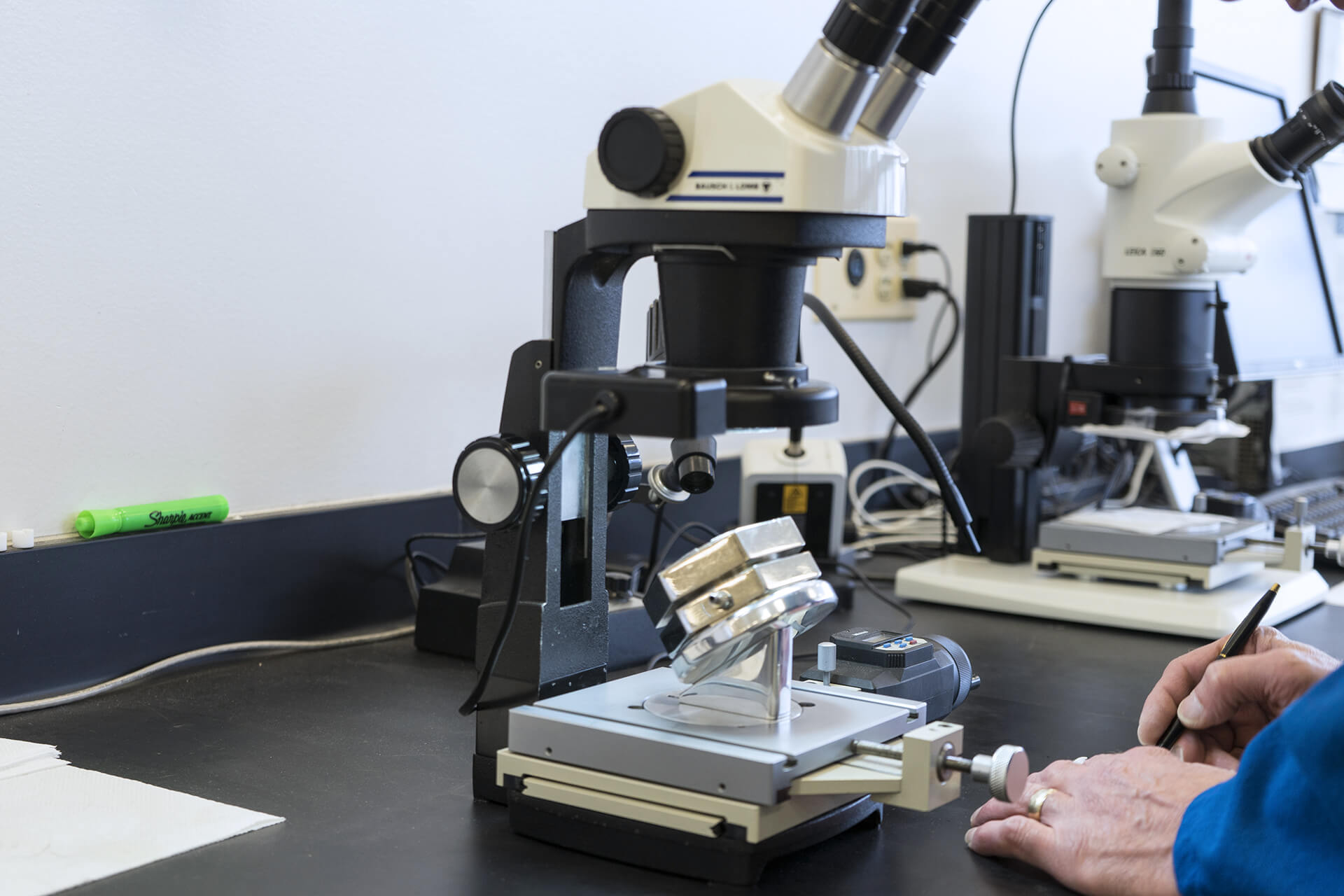

The purpose of the arc resistance test is to distinguish between solid electrical insulating materials. It examines the sample's ability to withstand a back with high voltage and low current exposed to the insulating surface of the material. For dry and uncontaminated materials, the ASTM arc resistance test is centered in the time it takes to trace paths.

ASTM-D495 refers to arc resistance, in seconds, when a material is resisted to form a surface conductive path when exposed to an intermittently high-voltage, low-current rear. Results from the nominal 3 mm thickness represent the reaction of the material of any thickness.
Due to its short and useful time and its use in isolated laboratory conditions, this test method is suitable for:
Field tests and other simulated service tests must be completed before performing strong tests.
Among the various materials, ASTM-D495 distinguishes the resistance of a high-voltage, low-current arc close to the insulation surface. The arc creates a conductive path inside the insulation surface or ensures the material to be conductive as a result of chemical and thermal erosion and decomposition.
High voltage, low current arc with two electrodes spacing stands on the surface of the material forming. In order to more easily distinguish materials with low arc resistance, the stages of this test method become more and more serious in succession. The previous stages increase the intensity by reducing the delay between arc flares. In the later stages, increases in arc current represent severity instead.
Many materials fail the test within a few seconds of moving to the next degree of violence. When comparing arc resistance measurements, the time that coincides with the two stages has a greater significance than the same time in the same stage.
Test Method ASTM D 495, D 2132 and D 2303 contain wet, contaminated samples when evaluating dry, uncontaminated samples. ASTM recommends these additional tests for engineering purposes. They should assist ASTM-D3638 to set some significance for quality control purposes.
ASTM-D495 test does not apply to materials that cannot form a conductive path in response to an electric arc. Materials that form or dissolve liquid residues should not be used as they prevent the formation of a conductive path.
To get an appointment, to get more detailed information or to request an evaluation, you can ask us to fill in our form and reach you.